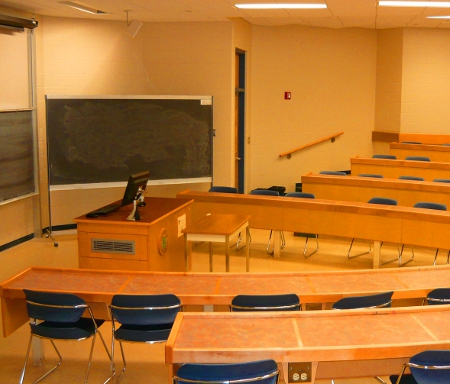Many Quit Engineering & Science Majors

For years, politicians, business leaders, and educators have fretted about American competitiveness and made graduating more engineers and teachers with science and math degrees a national priority. K-12 educators rose to the challenge. Recent surveys show the number of college freshmen interested in majoring in a science, technology, engineering, and math (STEM) is on the rise.
However, many of those hopeful first-year students will switch from STEM to other majors, or fail to graduate at all, the New York Times reports (11/6).
Studies have found that roughly 40 percent of intended STEM majors end up switching to other fields or failing to earn any degree. That percentage increases to as much as 60 percent when pre-medical students, who typically have the strongest SAT scores and high school science preparation, are included, according to new data from the University of California, Los Angeles. That is twice the combined attrition rate of all other majors, with engineering students making up the bulk of switchers.
Why the attrition? It seems that middle and high school students are having most of the fun in STEM, building toothpick bridges and dropping eggs into water to test Newton’s first law of motion. The excitement quickly fades as freshmen encounter what David E. Goldberg, an emeritus professor of engineering at the University of Illinois, Urbana-Champaign, calls “the math-science death march” — the gauntlet of calculus, physics and chemistry courses delivered in large lecture halls that defines most first-year programs. That typically is followed by two years of fairly abstract courses leading to a senior research or design project. Newbies not only to the rigors of engineering and science but to college life, some of the best-prepared students are migrating to other, less-narrow majors where they can pursue their passions.
Some engineering colleges are revamping their first-year programs to make them more engaging. They are adding hands-on labs, real-world projects such as designing products to alleviate poverty, public-speaking components, and other opportunities to develop professional as well as technical skills. (Read more about these new first-year experiences in “Seeing and Doing,” the September cover story of ASEE’s Prism magazine.) The increase in retention rates at pioneering schools such Notre Dame, the University of Maryland, College Park, and other schools suggests that keeping some fun in STEM fundamentals can benefit aspiring science and engineering majors — and ultimately society.
Filed under: K-12 Education News
Tags: college completion, Education Policy, engineering education, K-12 engineering, STEM majors








